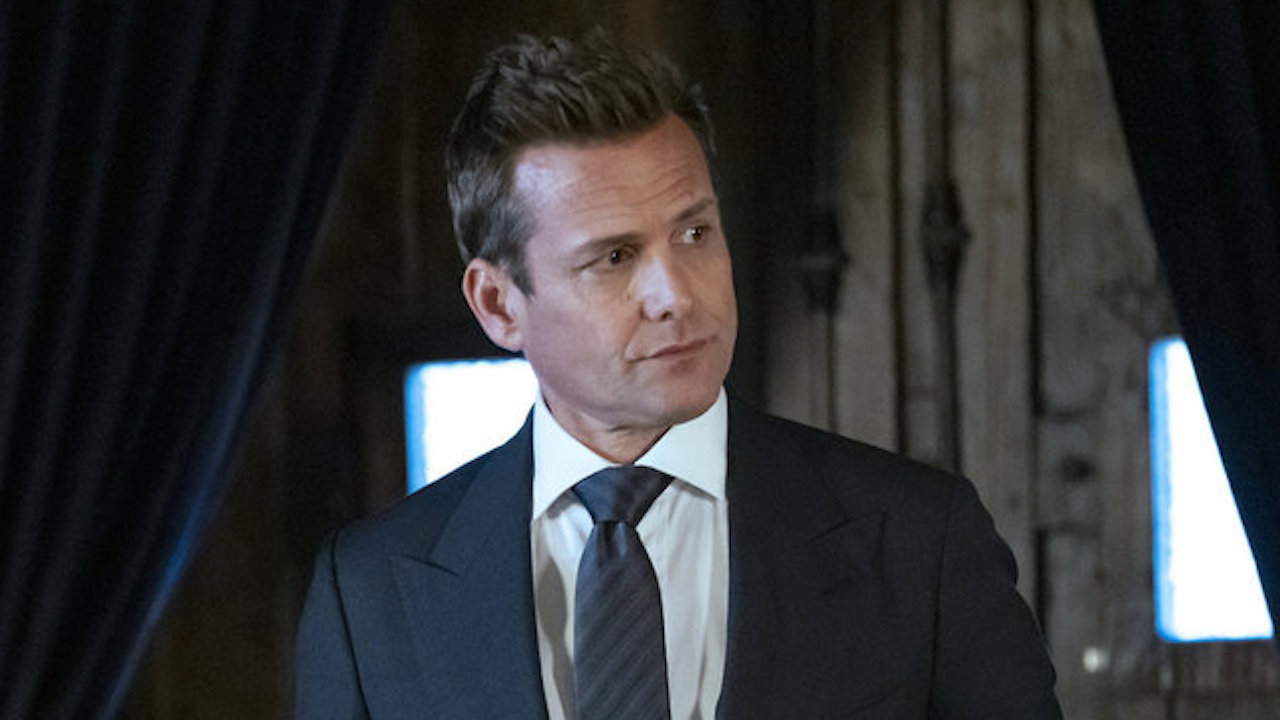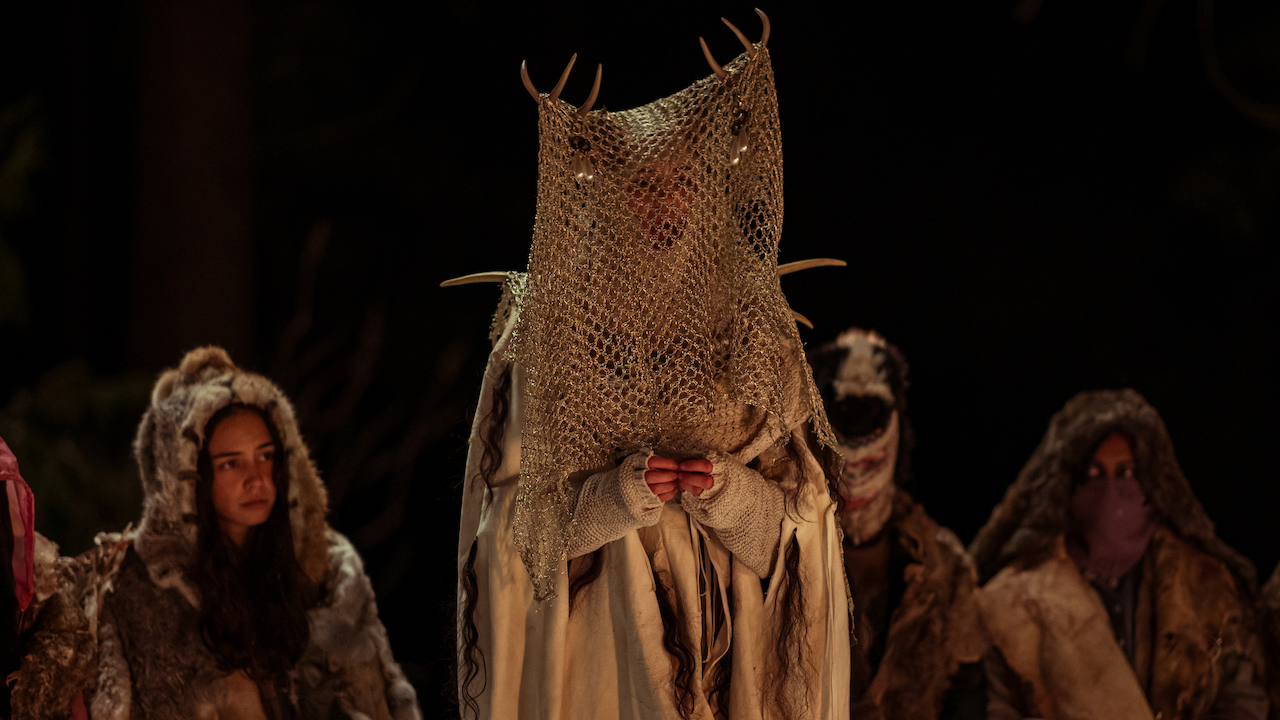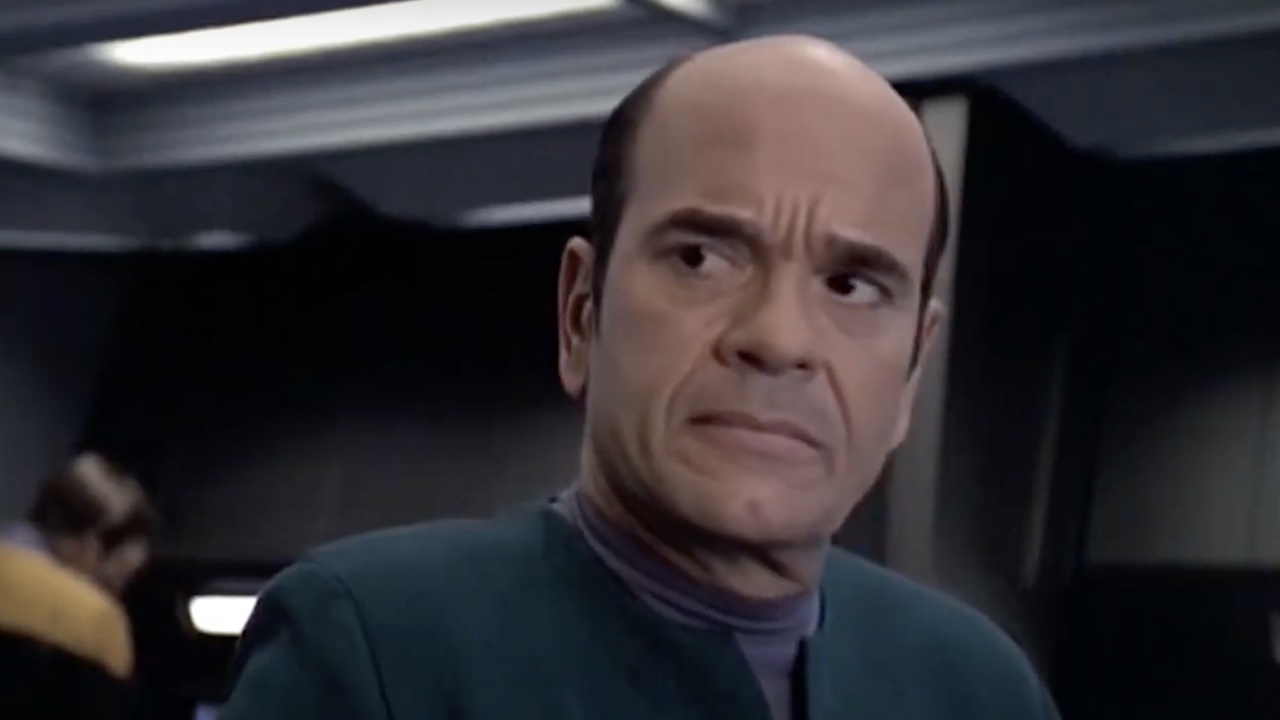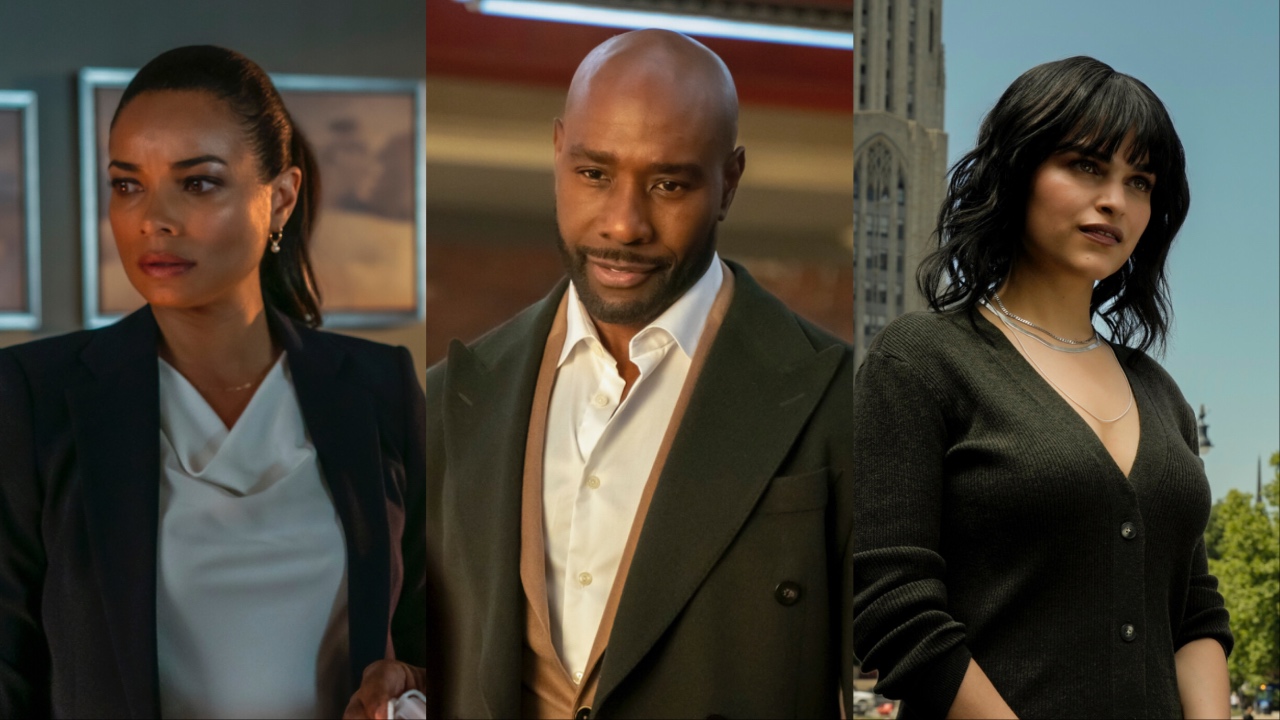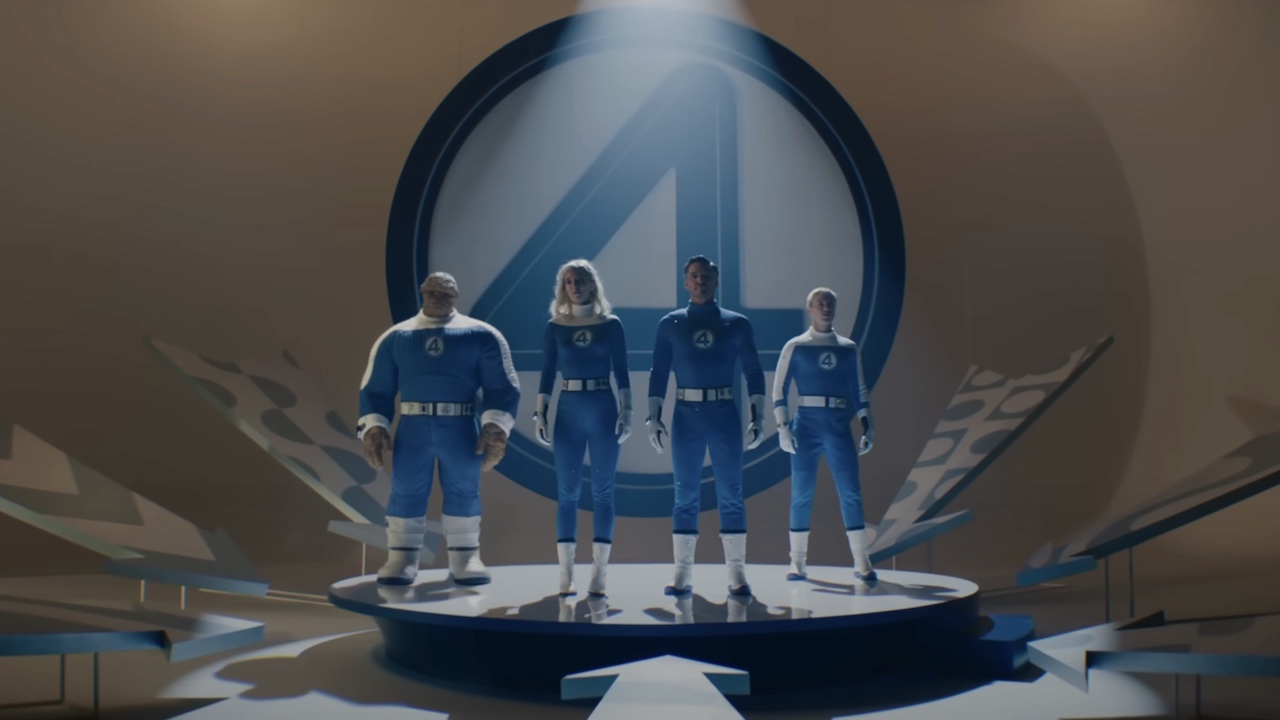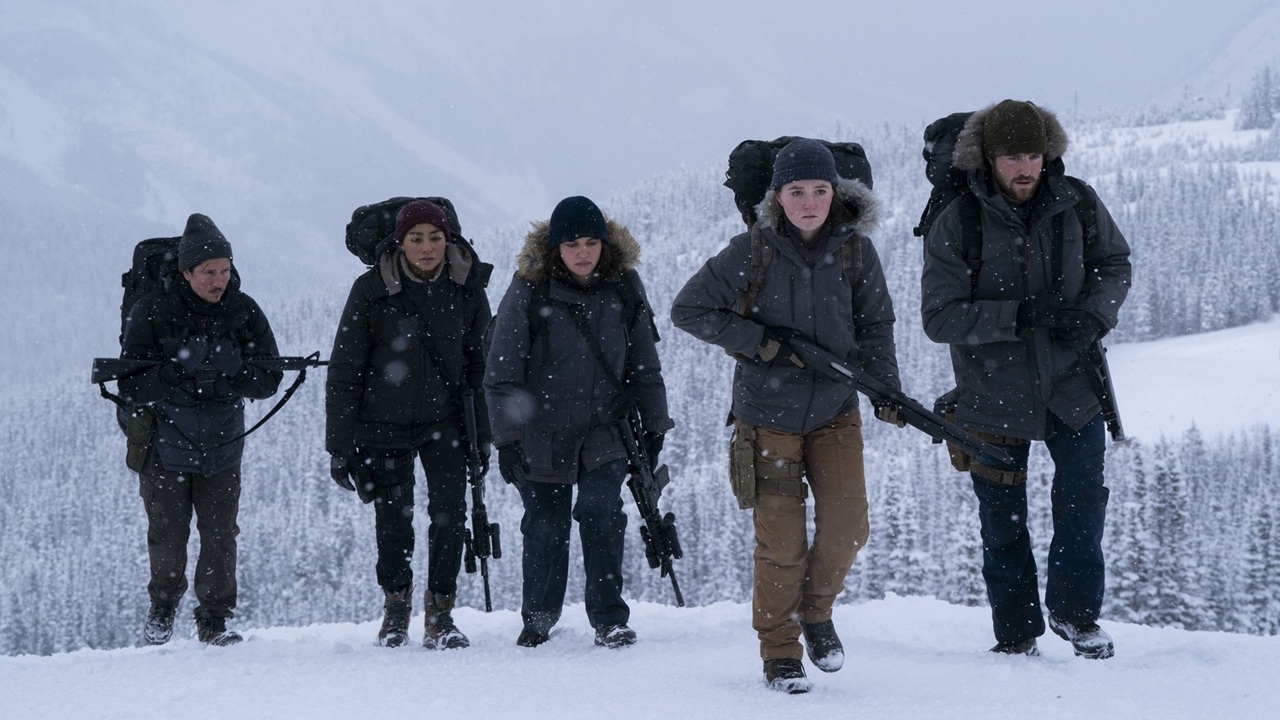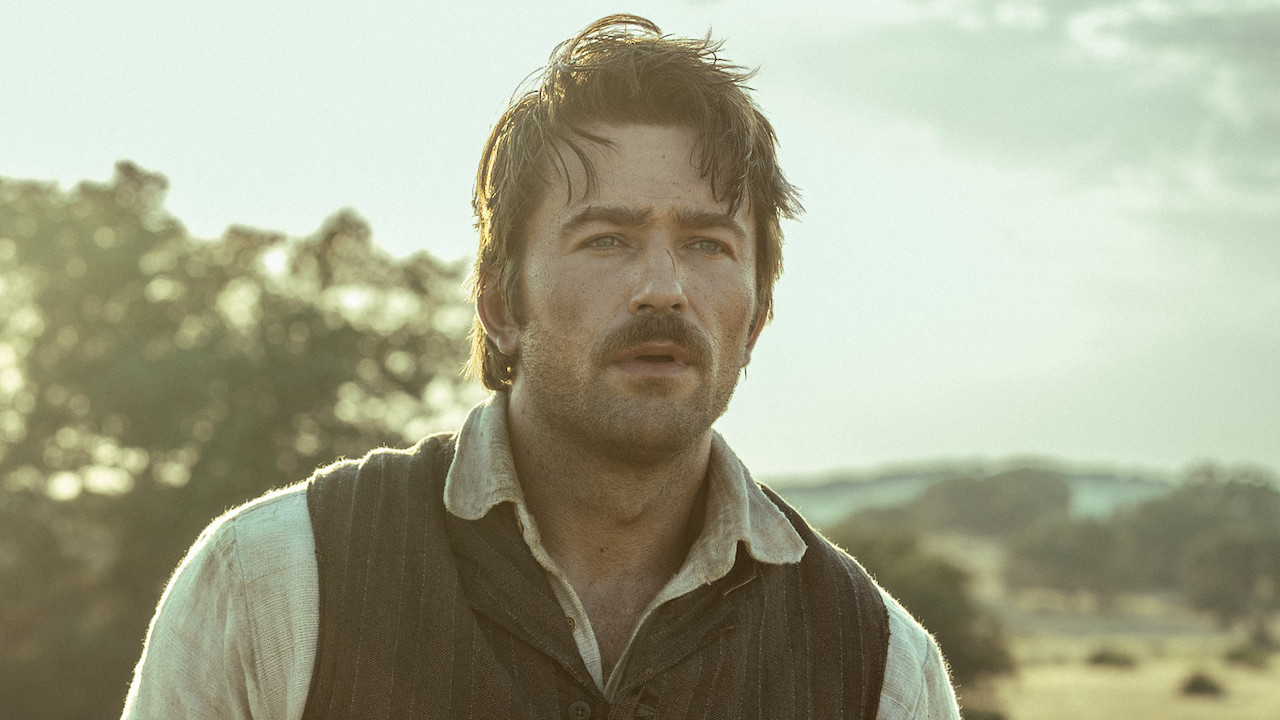Why The Grossest Part Of The Revenant's True Story Was Left Out Of The Film
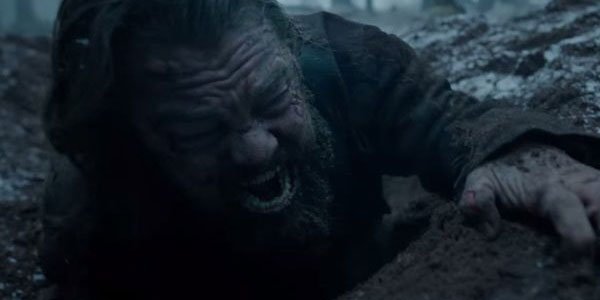
Playing legendary frontiersmen Hugh Glass, Leonardo DiCaprio does some pretty hardcore and disgusting things after being attacked by a bear in Alejandro Gonzalez Inarritu’s The Revenant. He eats raw organs for sustenance, disembowels animals so that he can stay warm, and even goes as far as to use gun powder to seal some of his worst wounds. What you may not know, however, is that the real Hugh Glass legend actually includes something far more disgusting about the man’s fight for survival that didn’t wind up making it into the movie – and it’s all because of the snowy setting in which the film takes place.
According to the myth, Glass was left with a good deal of rotting flesh on his back after his unfortunate encounter with a mother bear in the woods, and if he didn’t find some way to prevent it from getting infected he would have died a very painful death. Using his incredible knowledge of nature, however, he found a way to solve this issue: maggots. Finding a rotting tree stump filled with larva, Glass sat up against it and let the insects eat all of the decaying skin. Given how much disgusting stuff is featured in The Revenant, this wouldn’t have exactly been completely out of place for the movie, but when I had the chance to sit down with Leonardo DiCaprio last month to talk about the film, he had a very simple explanation as to why the notable moment wasn’t included. Said the star,
Well, in the search to be authentic as possible, which is what we tried to do in this movie, there were no maggots in winter! So this whole film was in a winter landscape, and there were no… well, there were flies, but there were no maggots.
Of course, the idea of leaving out this kind of detail feeds into a larger picture idea that always comes up when true stories are adapted for the big screen: the line between the factual truth and the emotional truth. With the story of maggots in mind, this was something I also asked Leonardo DiCaprio about, and he explained that while there was of course an importance of honestly telling Hugh Glass’ story on the big screen, the nature of the story and how it’s been passed down through the centuries also had an important influence in the way that The Revenant was put together. He explained,
As far as history is concerned, there weren’t journalists during this time period. We relied very much on Native American stories, we relied on fur trapper’s journals, but Hugh Glass’ story was almost like a Paul Bunyan story. It was a campfire story that was passed on from generation to generation, and he represented this new American frontiersmen – a man that was able to combat the harshest of elements, that was able to conquer nature, so to speak.
You can watch Leonardo DiCaprio - seated next to co-star Tom Hardy - talk about The Revenant in the video below.
So when you go see The Revenant, which is now out in wide release, know while watching Leonardo DiCaprio do some seriously rough stuff to survive that there were some even more horrific elements that could have been included.
CINEMABLEND NEWSLETTER
Your Daily Blend of Entertainment News

Eric Eisenberg is the Assistant Managing Editor at CinemaBlend. After graduating Boston University and earning a bachelor’s degree in journalism, he took a part-time job as a staff writer for CinemaBlend, and after six months was offered the opportunity to move to Los Angeles and take on a newly created West Coast Editor position. Over a decade later, he's continuing to advance his interests and expertise. In addition to conducting filmmaker interviews and contributing to the news and feature content of the site, Eric also oversees the Movie Reviews section, writes the the weekend box office report (published Sundays), and is the site's resident Stephen King expert. He has two King-related columns.


